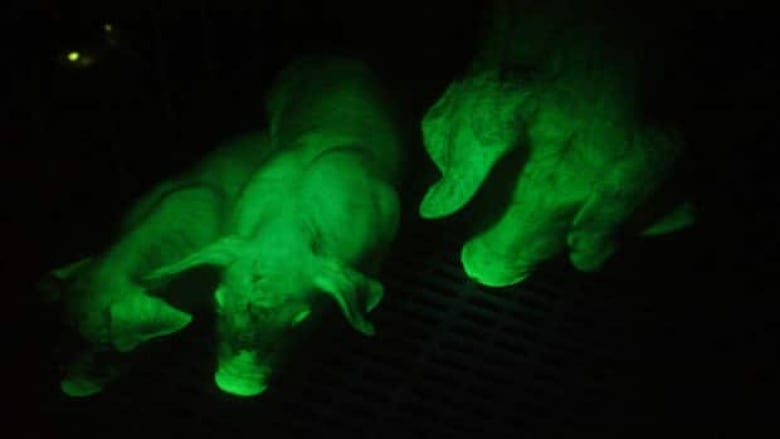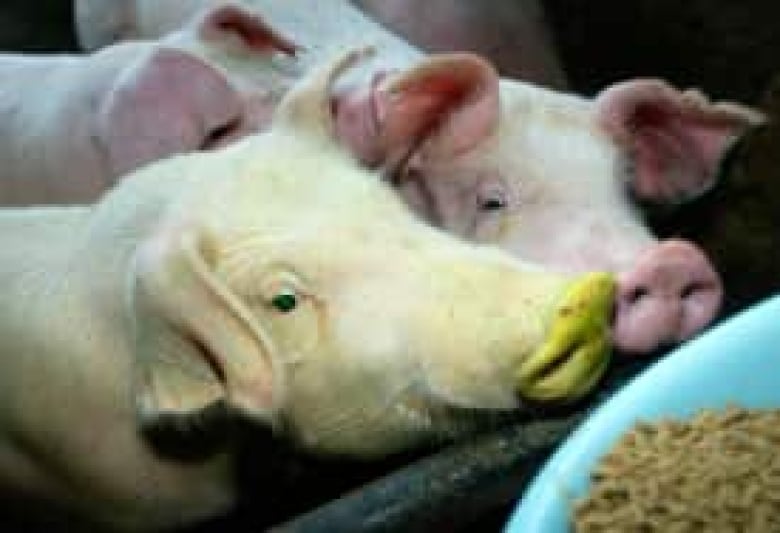Genetically modified foods: the facts and debates

Genetically modified organisms (GMOs) have been the source of much debate regarding their necessity and safety for many years. These organisms, for better or worse, now have a firm place in our food chain, finding their way into upwards of 30,000 different food products.
The first genetically modified food item, a tomato, appeared in the United States in 1994 and in Britain in 1996.
Following subsequent controversy in 1999 surrounding a study indicating genetically modified potatoes could be toxic to rats, many environmental groups began calling for the elimination of all genetically altered foods from store shelves.
What are genetically modified foods?
For thousands of years, farmers have used selective breeding to yield plant crops with particular genetic traits. The process can combine genes of similar plants in order to create a more-sustainable crop.
Animals can also be bred selectively, within the same species, as is most commonly done with dogs, cats and horses.
Selective breeding, however, can be a time consuming process andthe potential combinations are limited.
Genetic modification is a quicker means to a similar end but is seemingly limitless. With this process, scientists can combine genetic traits from entirely different plant and animal species, essentially cutting a trait from one organism and pasting it into another.
What are the benefits of genetic modification?
The majority of genetic modification is done on basic commodity crops like soybeans, corn, rice and wheat, which is the reason so many different food products now contain GMOs.
Herbicide-resistant crops are by far the most widely grown genetically modified plant, accounting for more than 70 per cent of worldwide GMOs. These crops allow farmers to use the more effective non-specific herbicides without fear of killing their valuable plants.
Plants can also be modified to be insect resistant (removing the need for polluting insecticides), and disease resistant.
Some plants have been engineered to thrive under stressful conditions, such as in dry or salty soil. In 2001, for example, a strain of tomato was engineered to remove salt from the ground and distribute it into its leaves, leaving the tomato tasting normal. These modifications allow crops to grow in areas usually unfriendly to sustainable growth, such as drought-prone regions.
What are the concerns?
The biggest threat when it comes to GMOs involves the possibility of cross-pollination in the wild,leading to genetic pollution.
The risk is especially great when crops meant for human consumption are grown near crops altered and grown for specialized pharmaceutical needs. This process, known as biopharming, can isolate traits in certain plants that can be useful for things such as vaccine production. Biopharming has also been used to engineer plants used in producing biodegradable plastic and improved animal feed.

Cross-pollination also puts wild plants at risk. If genetically modified plants passed on traits to wild relatives, the resulting wild plants would play a different role in their respective ecosystems and potentially out-compete other species for resources such as light or water, depending on the traits inherited.
Certain strains of corn modified to be herbicide and insect resistant are not fit for human consumption. Bt corn, a strain engineered to contain the Bacillus thuringiensis (Bt) toxin, is meant to combat the European corn borer, a common pest. In Canada, farmers growing Bt corn are required to adhere to a resistance management plan, usually consisting of a non-Bt "refuge" corn crop planted nearby, so that pests do not become immune to the Bt toxin. The refuge crop allows pests to thrive without affecting the cash crop.
Another concern exists surrounding the potential mixing up of certain GMOs unfit for human consumption with safe ones. As many side effects of some GMOs are unknown, the risk can be substantial. In 2000, StarLink corn, a Bt strain developed by Aventis Crop Sciences and approved for use in animal feed, somehow found its way into some foods products, including Taco Bell taco shells. The consumer and regulatory backlash put increased scrutiny on genetically modified foods in the U.S. and even caused some developing countries to turn away food aid fearing StarLink contamination.
Do foods with GMOs need to be labeled?
In Canada, the Canadian Food Inspection Agency, in association with Health Canada, is responsible for ensuring food products are properly labeled according to certain regulations. According to their website, manufacturers can indicate the presence of genetically engineered ingredients as they see fit and on a strictly voluntary basis, as manufacturers might indicate their food is trans fat free or has less sodium. The CFIA can, however, require a manufacturer to indicate the presence of GMOs if they pose a potential risk to consumers or alter the composition of the product.
In Europe,regulations surrounding GMOs are far more stringent simply because a lack of farming space could put more crops at risk of cross-polination. Many Europeans are strongly against GMOs and the majority of bioengineering studies are conducted there. France, Germany, Austria, Hungary, Greece, and Luxembourg have all banned GMOs on some level from being cultivated and strict labeling practices are adhered to across the EU. Canadian manufacturers looking to export food with genetically engineered ingredients to Europe must label them accordingly.
Can animals be genetically modified?
The majority of genetic modification has been restricted to the plants and crops, as many environmental groups have expressed extreme ethical concern with the modification of animal species.
The first genetically modified animal, Herman the bull, was developed in a Dutch lab in the early 1990s.
In 1999, scientists at the University of Guelph developed Enviropig, a line of Yorkshire pigs genetically modified to produce phytase in their salivary glands. The phytase acts as an agent to reduce the presence of phosphorus in the pigs manure by 30 to 70 per cent (phosphorus is harmful to the environment). Approved in 2010, Enviropig will not only cut harmful phosphorus, but also save money for farmers who would otherwise add phytase to their pig feed or engage in expensive techniques for removing phosphorusfrom their pigs manure.

Japanese scientists, in 2002, successfully implanted genetic material from a spinach plant into a pig embryo. The resulting pig had meat lower in saturated fat.
In 2006, scientists in Taiwan developed fluorescent pigs that exert a green glow in the dark. The glowing pigs could help with stem cell research, the idea being that cells from the pigs will be easily traceable in organisms where they are transplanted. Other fluorescent creatures have included a puppy, fishand a monkey.












_(720p).jpg)


 OFFICIAL HD MUSIC VIDEO.jpg)
.jpg)



























































































